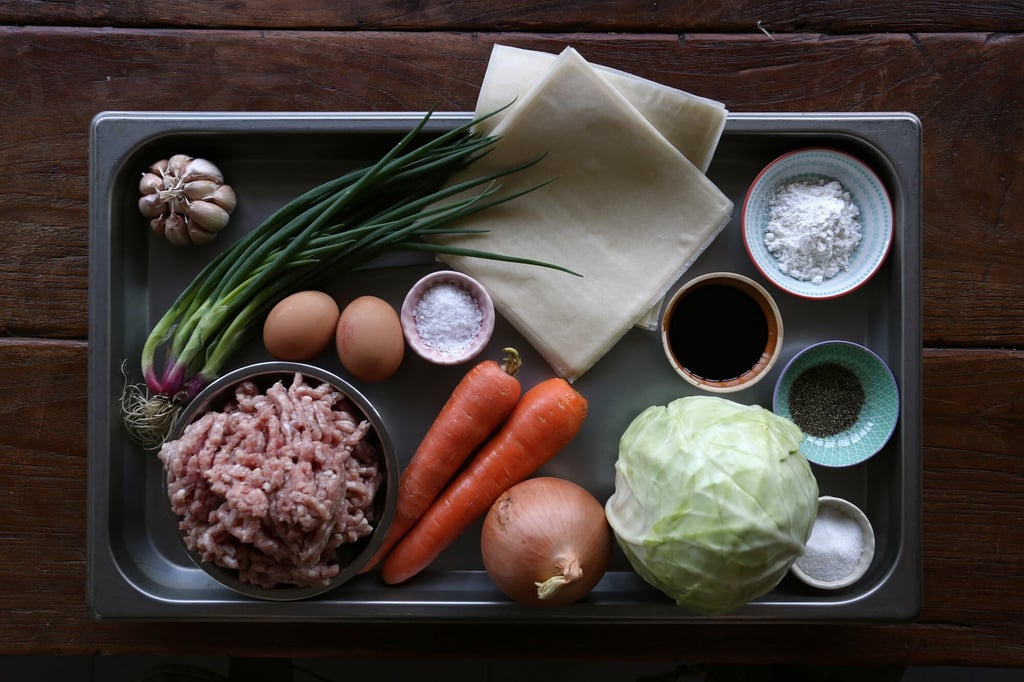How to make lumpia Shanghai, Filipino spring rolls introduced by Chinese settlers
- The lumpia in this recipe are double-fried – the first frying cooks the filling, while the second frying heats the filling well and crisps up the wrapper
- A bonus recipe for sweet and sour sauce to dip the lumpia in is similar to the version served at inexpensive Chinese restaurants

The Filipino dish of lumpia Shanghai shows the influence of Chinese settlers on the Southeast Asian country’s cuisine.
I’ve eaten them many times at restaurants and parties – because no Filipino celebration seems complete without a big pile of lumpia on the buffet table – and no two versions were the same. The only things they had in common were that they were deep-fried, and the filling consisted of lots of vegetables and some pork.
Lumpia Shanghai
This recipe makes a lot of lumpia, but they freeze well. They are double-fried – the first frying cooks the filling, and can be done in advance. The second frying heats the filling and crisps up the wrapper, and should be done just before serving.

475 grams (17oz) green head cabbage; fine sea salt, as necessary; 100 grams (3½ oz) medium-size carrot; 75 grams (3 oz) onion; 3-5 medium-size garlic cloves, peeled; 3-4 spring onions; 10ml (2 tsp) light soy sauce; 5 grams (1 tsp) granulated sugar; 1-1½ tsp freshly ground black pepper; 200 grams (7 oz) minced pork; 1 large egg; 40-60 5-inch square (15cm x 15cm) spring roll wrappers, thawed, if frozen; cooking oil, as necessary

1 Remove and discard the core from the cabbage. Slice the cabbage into fine shreds, then put them in a bowl, sprinkle with 10 grams of fine sea salt and mix well. Set aside while preparing the other ingredients.
2 Finely shred the carrot (I use a handheld implement that looks like a vegetable peeler, but with teeth), or slice it into fine julienne.
3 Cut the onion in half, then slice it as thinly as possible. Halve the garlic cloves, then slice them into thin pieces. Cut the spring onions into 2.5cm (1 in) lengths.
4 Check that the cabbage is thoroughly wilted – you should be able to squeeze it in your hands without the pieces snapping. Put the cabbage in a colander. Squeeze handfuls of the cabbage, trying to remove as much liquid as possible, then place the vegetable in a bowl.
5 Add the carrot, onion, garlic, spring onion, soy sauce, sugar, black pepper and five grams of salt. Mix thoroughly.
